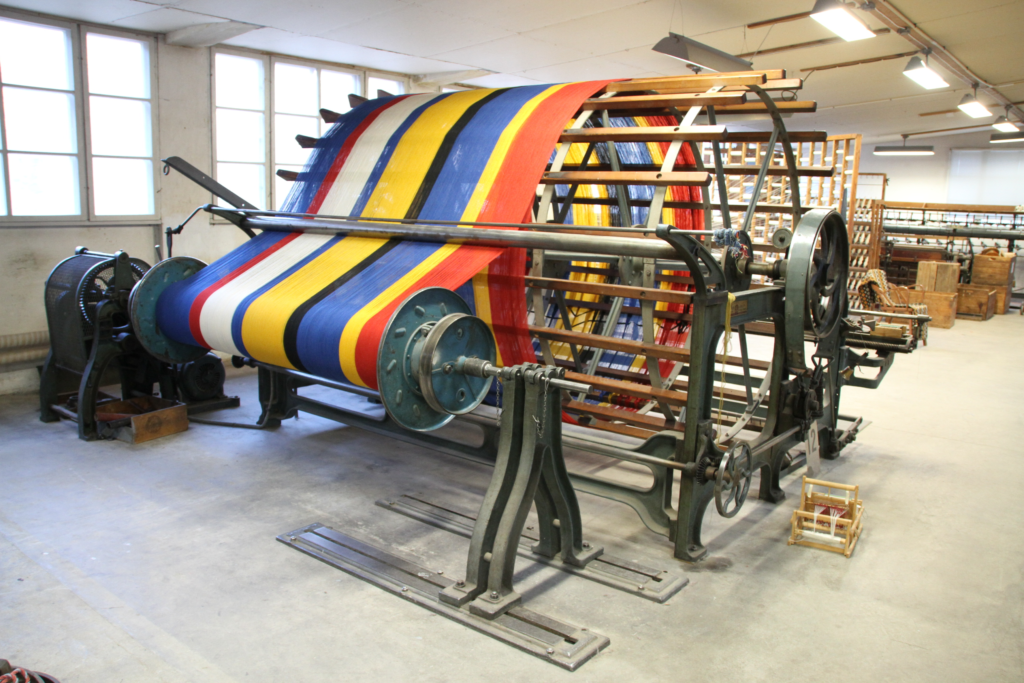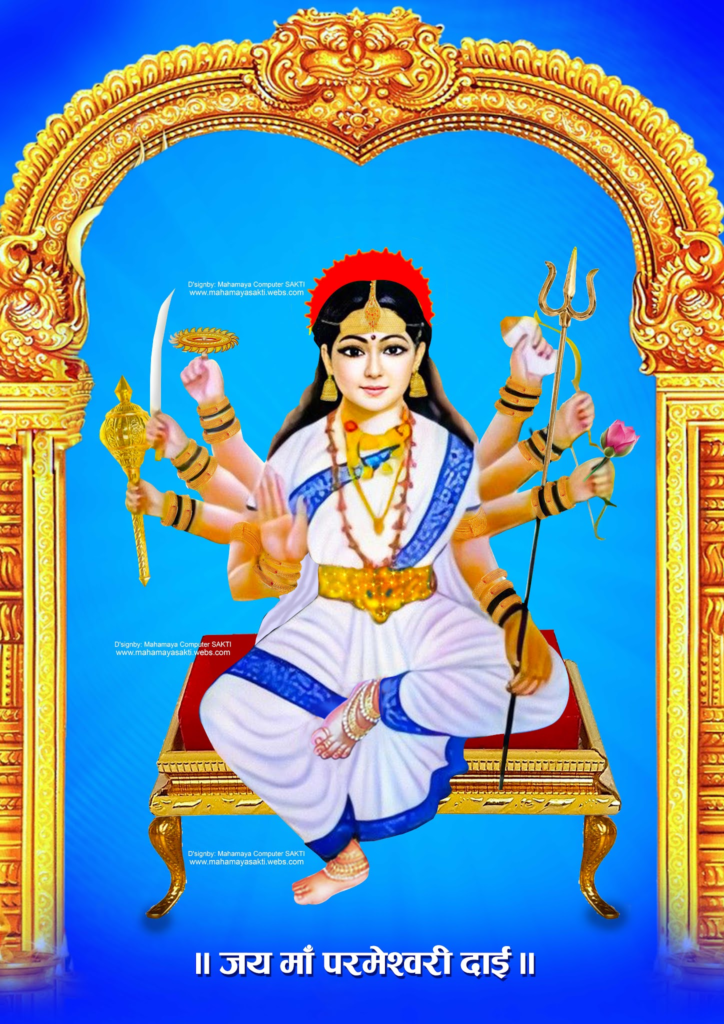The Heritage of Kosa Silk – Kosa silk sarees, the pride of Chhattisgarh, have captured my heart. These sarees, a stark contrast to the opulent Kanchipuram mulberry silk handlooms, have a unique charm that’s hard to resist. In this article, we’ll delve into the intricate world of Kosa silk sarees, exploring their origin, production, and the rich tribal artistry that adorns them.
Discovering the Essence of Kosa Silk – The Heritage of Kosa Silk
Kosa Silk’s Geographical Roots

The heartland of Kosa silk production lies in the picturesque belt between Raigarh and Janjgir-Champa districts in Chhattisgarh. Chhattisgarh ranks as the second-largest Tussar cocoon producer in India. The sericulture industry of wild silkworms, vital for Kosa silk, thrives primarily in districts like Bastar, Janjgir Champa, Raigarh, Bilaspur, Surguja, Korba, and Mahasumund.
While Raigarh boasts both Kosa and Mulberry silk varieties, Raigarh and Janjgir-Champa districts jointly handle the reeling and weaving processes. This collaboration forms the backbone of the Kosa Silk Industry in Chhattisgarh, often referred to as a Cottage Industry.
The Enigmatic Antheraea Mylitta
The native silkworms of this region are known as Antheraea mylitta. These silkworms have a unique dietary preference, feeding exclusively on leaves from Arjun and Saal trees. To ensure an abundant supply of leaves, these trees are specially nurtured. This process is at the heart of Kosa sericulture.
The silkworms, while feeding on these leaves, produce Kosa protein fibers within their cocoons. The natural colors of these fibers depend on the type of cocoon they are bred from. There are seven varieties of Kosa silk, with three being harvested between July and September:
Lariya Cocoons: These produce natural beige/brown shade fibers, approximately 1500 meters in length.

Railly Cocoons: Larger in size, they yield black fibers of about 2500 meters. Railly cocoons grow on Sal trees.

Barf Cocoons: Smaller than Lariya, they produce only 1000 meters of fiber. Barf variety grows on Arjun, Sal, and Ber trees.

The Journey from Cocoons to Silk
Female brown moths emerge from their cocoons, naturally breaking free, resulting in short, coarse filamentous fragments. These moths do not fly due to domestication. The collection of cocoons is primarily done by People in Baster reagion, particularly tribal women, living in forest areas. They meticulously spin these cocoons into silk, separating the good ones from the unsuitable ones.
The Art of Weaving Kosa Silk – The Heritage of Kosa Silk
1. Reeling

Women primarily employ the thigh-reeling method, where they deftly rub the fibers on their thighs to create continuous yarns. This labor-intensive process can span up to 8 hours a day for 80 cocoons. Thigh-reeling is exclusive to Raipur and Champa Kosa sarees.
2. Spinning

Government-designated centers and master weavers perform degumming, dressing, spinning, and finishing. After completing the spinning processes, they rewind the yarn onto hanks, creating skeins of silk yarn, which are then prepared for weaving.
3. Weaving

The weaver’s household prepares the Tana (warp) and Bana (weft). They thread the warp yarns individually by hand, strengthen the weft yarn by soaking it in water, wind it onto a bamboo pirn rod named the “Asari,” and subsequently re-spool it onto a smaller bamboo tool referred to as the ‘Rito.’ The ‘Rito’ serves the purpose of passing through the warp yarns during weaving.
4. Sizing
Sizing involves stretching out the strands, brushing, and wetting them with starch in open courtyards, giving the saree its distinctive rustling tissue texture. In recent times, sizing is deemed unnecessary as imported yarns have entered the market. Warping is carried out using a warping machine known as a drum.

5. Beaming
The warps pass through a cylindrical drum, threaded through the required number of reeds to determine the thickness of the cloth. Traditional Bhargua grass reeds, although slowly being replaced by iron reeds, are used to enhance weaving.

Weaving Diversity and Designs – The Heritage of Kosa Silk
Kosa sarees are incredibly versatile, accommodating a range of designs, from traditional to contemporary motifs. The weavers incorporate extra warp or weft designs during weaving, often adding embroideries, jamdani, and zari work to create unique patterns.
The Art of Dyeing -The Heritage of Kosa Silk
Kosa silk sarees are known for their unique shades, often dyed using unconventional methods. For instance, my black Kosa silk saree was dyed using a mixture of jaggery, rusted iron, and water buried in an earthen pot for over a month. The result: a stunning natural black shade (Shahi) applied to the silk fibers before weaving.
Tribal Motifs and Cultural Significance – The Heritage of Kosa Silk
Kosa silk sarees are not just garments; they are canvases that depict the rich tribal and folk art of Chhattisgarh. These motifs draw inspiration from temple paintings, particularly those found in Danteshwari and Chandrahasini temples. Tribal art, reflecting their deep-rooted traditions, portrays scenes of tribal life, nature worship, and ancestral heritage.
My saree, for instance, showcases tribal motifs from Orissa’s Kotpad design, featuring Maria tribals adorned with Bison-horn headgear, Bastar kala’s stylized peacocks, deers, fishes, and scenes of tribal life. These motifs, meticulously woven by skilled artisans, capture the essence of tribal culture and artistry.
Preserving Tradition and Heritage – The Heritage of Kosa Silk

The Devangan community, bestowed with the skill of weaving Kosa textiles by Mata Parmeshwari, plays a pivotal role in preserving this art form. Their legend, rooted in mythology, highlights the significance of Kosa silk in Indian culture.
Over the years, Kosa silk has gained recognition and patronage, including from the Mughal Empire. Its rich history, combined with the intricate craftsmanship of weavers, has elevated Kosa silk to an esteemed position in the world of textiles.
As we celebrate the beauty of Kosa silk sarees, it’s essential to acknowledge the importance of preserving the traditions and cultures that breathe life into these exquisite creations. They are not just sarees; they are a testament to the artistry, dedication, and rich heritage of Chhattisgarh.
In conclusion, Kosa silk sarees are more than just garments; they are a piece of history, a work of art, and a symbol of cultural richness. Each thread tells a story, each motif carries a legacy, and each saree is a tribute to the indigenous communities and their timeless craftsmanship. As we wear these sarees, let us also wear the pride of preserving traditions and supporting the artisans who bring these masterpieces to life.

